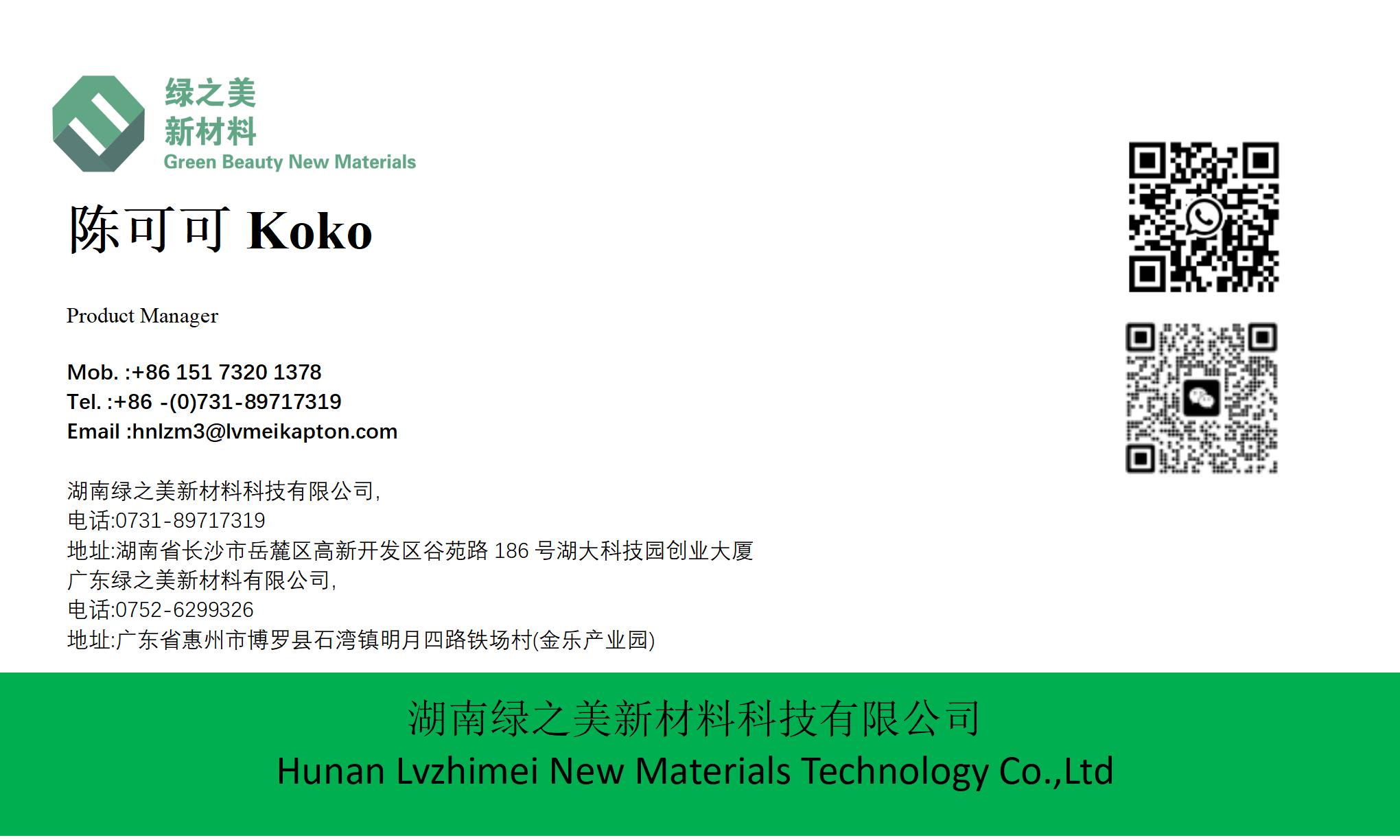



When to Choose Transparent PI Film Over Metallized Film for Gold Finger Electronics Assembly?|https://www.lvmeikapton.com/
1. During Gold Finger Plating and Masking
Gold electroplating is a crucial step in the assembly process, requiring precise masking to define the geometry of the gold fingers and prevent over-plating. Transparent PI film/tape is particularly suitable for this application for several reasons:
● 
Visual Alignment: The transparency of the film allows operators to accurately align masks with PCB fiducials. This ensures precise pitch accuracy, which is essential in high-density connectors such as PCIe 6.0 with a 0.8mm pitch. The ability to visually verify the alignment helps maintain the required accuracy of ±0.05mm, reducing the risk of defects and rework.
●
Chemical Resistance: Transparent PI film exhibits excellent resistance to the harsh chemicals used in the electroplating process, such as acids and bases. This ensures that the masking material remains intact and functional throughout the plating process, providing consistent protection.
●
Ease of Removal: After the plating process, the transparent PI film can be easily removed without leaving any residue. This characteristic is crucial as it ensures that the gold fingers remain clean and free from any contaminants that could affect their performance.
2. Thermal Management During Soldering
Effective thermal management is essential during the soldering process to prevent damage to sensitive components. Transparent PI film offers several advantages in this regard:
●
High Thermal Stability: Polyimide films have a high glass transition temperature (Tg) and excellent thermal stability, making them suitable for high-temperature processes such as reflow soldering. They can withstand temperatures up to 400°C without degradation, ensuring reliable performance.
●
Thermal Insulation: The film provides localized thermal insulation, protecting areas adjacent to the gold fingers from excessive heat. This is particularly important in applications where components are densely packed, and heat dissipation is a challenge.
●
Minimizing Thermal Stress: By providing a barrier between the heat source and sensitive areas, transparent PI film helps minimize thermal stress on the PCB, reducing the risk of warping or delamination.
3. Electrical Insulation and Protection
In electronic assemblies, maintaining electrical insulation is critical to prevent short circuits and ensure reliable performance. Transparent PI film excels in this area:
●
Excellent Dielectric Properties: Polyimide films have high dielectric strength and low dielectric constant, making them ideal for applications requiring electrical insulation. This is particularly important in high-frequency circuits where signal integrity is a concern.
●
Moisture and Chemical Resistance: Transparent PI film provides a barrier against moisture, dust, and other environmental contaminants that can degrade electrical performance. This is especially important in harsh environments such as industrial or outdoor applications.
●
Mechanical Protection: The film offers mechanical protection to the gold fingers, preventing physical damage during handling and assembly. This is crucial in applications where the PCB may be subjected to mechanical stress or vibration.
4. Optical Applications and Inspection
In certain electronic assemblies, optical transparency is a key requirement. Transparent PI film meets these needs effectively:
●
High Optical Transparency: The film has high transparency in the visible and near-infrared spectrum, making it suitable for applications such as optical sensors, displays, and light guides. This ensures that the optical performance of the device is not compromised.
●
Facilitating Visual Inspection: The transparency allows for easy visual inspection of the gold fingers and surrounding components during the assembly process. This helps identify any defects or issues early on, reducing the likelihood of costly rework.
●
Integration with Optical Components: Transparent PI film can be easily integrated with other optical components, such as lenses and filters, without affecting their performance. This makes it a versatile choice for a wide range of optical applications.
5. Cost and Efficiency Considerations
In addition to performance advantages, transparent PI film offers several benefits in terms of cost and efficiency:
●
Reduced Material Costs: In many cases, transparent PI film is more cost-effective than metallized film, especially for applications where the additional properties of metallized film are not required. This can lead to significant cost savings in large-scale production.
●
Simplified Assembly Process: The use of transparent PI film can simplify the assembly process by eliminating the need for additional steps such as metal deposition or etching. This can improve production efficiency and reduce cycle times.
●
Minimizing Waste and Rework: The ease of alignment and removal of transparent PI film reduces the likelihood of defects and rework, leading to lower overall production costs. Additionally, the film's durability and resistance to chemicals minimize the risk of material degradation and waste.
Comparison Table: Transparent PI Film vs. Metallized PI Film
The following table provides a comparison of key properties between transparent PI film and metallized PI film to help manufacturers make an informed choice:
Property | Transparent PI Film | Metallized PI Film |
Transparency | High | Low to None |
Thermal Stability | Excellent (up to 400°C) | Good (up to 300°C) |
Chemical Resistance | Excellent | Good |
Electrical Insulation | Excellent | Good |
Cost | Lower | Higher |
Ease of Removal | Easy | Moderate to Difficult |
Application | Gold finger plating, thermal management, optical applications | EMI/RFI shielding, high-temperature applications |
Case Studies
To further illustrate the advantages of transparent PI film, the following case studies highlight its successful implementation in various electronic assembly processes:
●
Case Study 1: High-Density Connectors: A manufacturer of high-density connectors for data centers switched from metallized PI film to transparent PI film for gold finger masking. The improved visual alignment and ease of removal reduced defect rates by 20%, leading to significant cost savings.
●
Case Study 2: Thermal Management in Automotive Electronics: An automotive electronics company used transparent PI film for thermal insulation during the soldering process. This helped protect sensitive components from excessive heat, improving product reliability and reducing warranty claims.
●
Case Study 3: Optical Sensors: A medical device manufacturer incorporated transparent PI film in the assembly of optical sensors. The film's high transparency and mechanical protection ensured the sensors' performance and longevity, meeting stringent regulatory requirements.
Conclusion
The choice between transparent PI film and metallized PI film for gold finger electronics assembly depends on various factors, including process requirements, environmental conditions, and performance goals. Transparent PI film offers significant advantages in terms of visual alignment, thermal management, electrical insulation, and cost efficiency, making it the preferred choice in many applications. By understanding the key scenarios where transparent PI film excels, manufacturers can make informed decisions that improve product quality, reduce costs, and enhance overall production efficiency.
References
1.
"Polyimide Films: Properties and Applications," DuPont, http://www.dupont.com.
2.
"Gold Finger Plating Techniques," PCB Fabrication Guide, http://www.pcbfabricationguide.com.
3.
"Thermal Management in Electronic Assemblies," IEEE Transactions on Components, Packaging, and Manufacturing Technology, Vol. 8, No. 3, March 2018.
4.
"Electrical Insulation Properties of Polyimide Films," Journal of Materials Science, Vol. 50, No. 12, June 2015.





